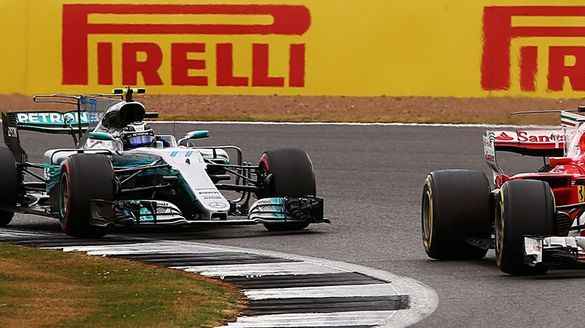For decades, the assessment of military team training has relied on subjective evaluation methods such as checklists and instructor observations.
That could be changing.
Arizona State University, through the Global Security Initiative’s Centre for Human, Artificial Intelligence, and Robot Teaming, is leading one of three teams selected to work on a Defence Advanced Research Projects Agency, or DARPA, program designed to develop reliable and objective predictors of team performance. The program — DARPA’s Objective Prediction of Team Effectiveness via Models of Performance Outcomes, or OP TEMPO — seeks to develop novel signatures and predictive models of DOD team performance, enabling completely new ways to assess team dynamics and mission readiness.
DARPA selected United States Marine Corps fire support teams, or FiSTs, as an ideal model for studying dynamic team coordination during complex, high-risk operations — and DARPA is partnering with the Marine Air Ground Task Force Training Command Battle Simulation Centre to study and improve Marine Corps training. “One value of having Marines participate in training and different data collection events like this is that they see what this is all about, and when they see teams of performers instrumenting them up, measuring brain wave activity while they're doing FiST drills, they see that they need to recognize that there's a lot of other people that are working day in and day out to figure out how to make us more lethal, more survivable and have that strategic advantage over adversary forces,” said Lt. Col. Jesse Attig, modelling and simulation officer at the Battle Simulation Centre.
Through a Bio-Behavioral Team Dynamics Measurement System, or BioTDMS, ASU is using behavioural, physiological and neurophysiological sensors to track biological and social patterns among Marine Corps fire support teams. The goal: Objectively assess team performance competencies to determine combat readiness, adaptability and recovery.
“What we’re looking to do is create measurement systems that can do an objective performance prediction of when these war fighters have reached certain competencies,” said Jamie Gorman, professor of human systems engineering and director of the Centre for Human, Artificial Intelligence, and Robot Teaming, and the principal investigator for the project.
“In the military, in these dynamic environments, it’s not just about the person being able to adapt. It’s about being able to work with other people that have your back, that you trust and are counting on, and your ability to adapt as a team.”
Gorman said BioTDMS seeks to measure a military team’s “general adaptive response” to unexpected and stressful situations. In other words: How do humans respond to such a situation?
“Let’s say you’re driving, and you have a flat tire,” he said. “This creates a lot of stress. And you’re like, ‘Now, I have to rework everything I’m doing.’ You have to adapt. How quickly can you do that? And then recover from it and get back on track with what you were trying to accomplish.”
OP TEMPO presents an even harder problem: How does a team of humans respond to such a situation? “Although this example is mundane compared to military team adaptation, the way we measure the adaptive response is similar,” Gorman said.
To more accurately determine that response, BioTDMS uses several biomarkers, including electroencephalography or EEG, which measures neural activity; functional near-infrared spectroscopy, which measures brain blood oxygenation as a proxy for neural activity; as well as eye-tracking, respiration, cardiac information and verbal communication. “When team trainers throw a stressor at the team, a good team is going to quickly reorganize itself and adapt,” Gorman said.
“We can detect that in their bodies and through their team interactions with our system; and what we are measuring is how long it takes them to make that adaptation relative to the stressor that was thrown at them.” Gorman’s team participated in the first of three planned OP TEMPO data collection events at the Marine Corps Air Ground Combat Centre in Twentynine Palms, California, earlier this year.
It was the first full physical/computational implementation of BioTDMS, making this the first time the system has been used to capture high-fidelity physiological and behavioural signals from active-duty teams in a real-world training environment, rather than a lab-based setting. Gorman said on-site data collection was a success, and data from the testing is still being processed.
According to a story published by the Marine Corps, creating a baseline of what makes a team efficient will “help the Marine Corps improve training by investing in faster training schedules and technologies that are proven to help bring a team together.” Gorman said: “What DARPA is asking us to accomplish is to use our system to automatically measure and predict the ground truth performance and ground truth readiness.
“In the field, that means survivability and resilience.” Gorman said phase two of the program — following the three planned data collection events — will focus on showing the scalability of the testing.
Can it be used, for example, to predict performance in air combat teams? “It’s just very generalizable,” Gorman said.
“It’s going to allow the DOD to plug this in any training environment and get any level of scale or pace of training that they want to get.”











